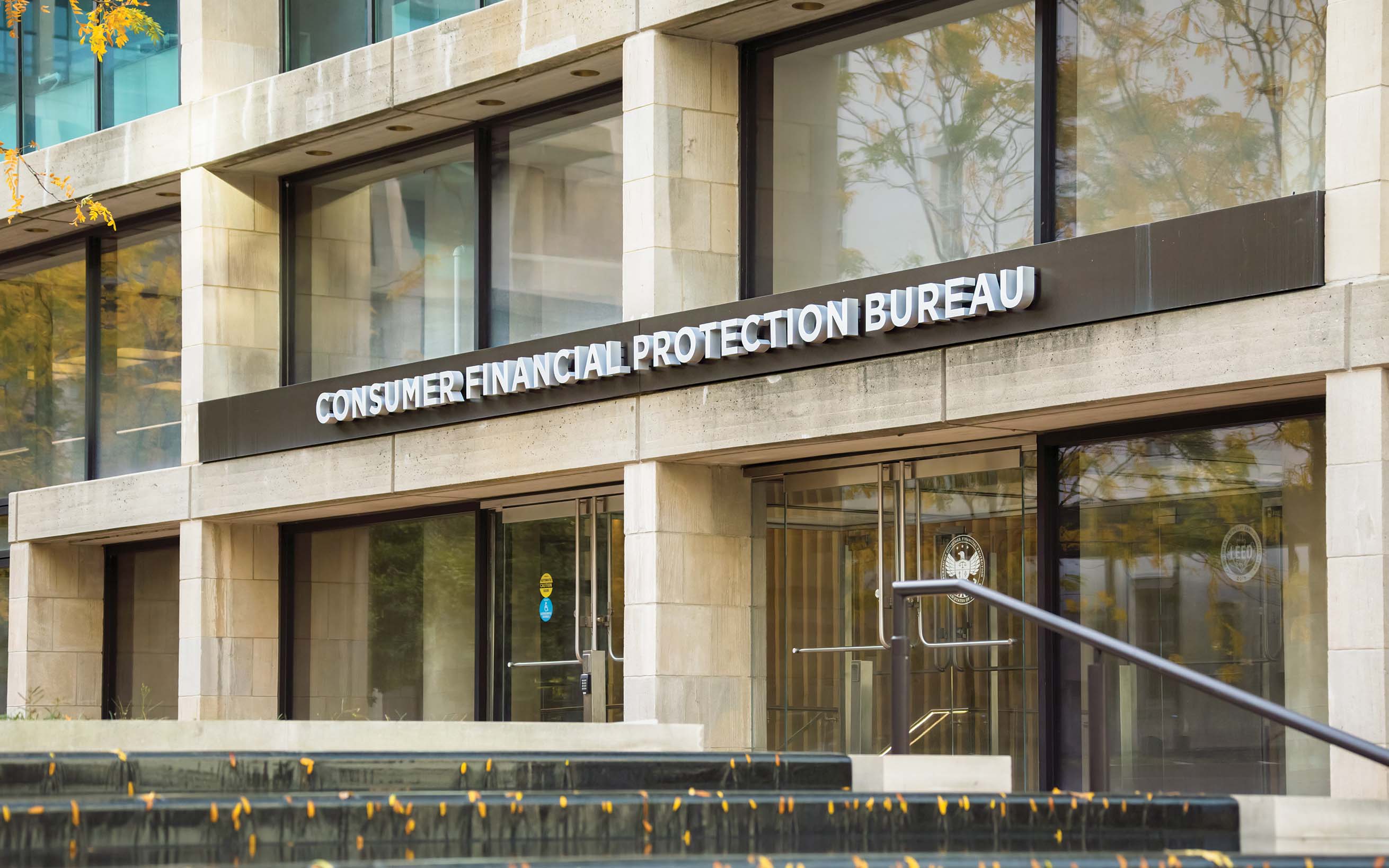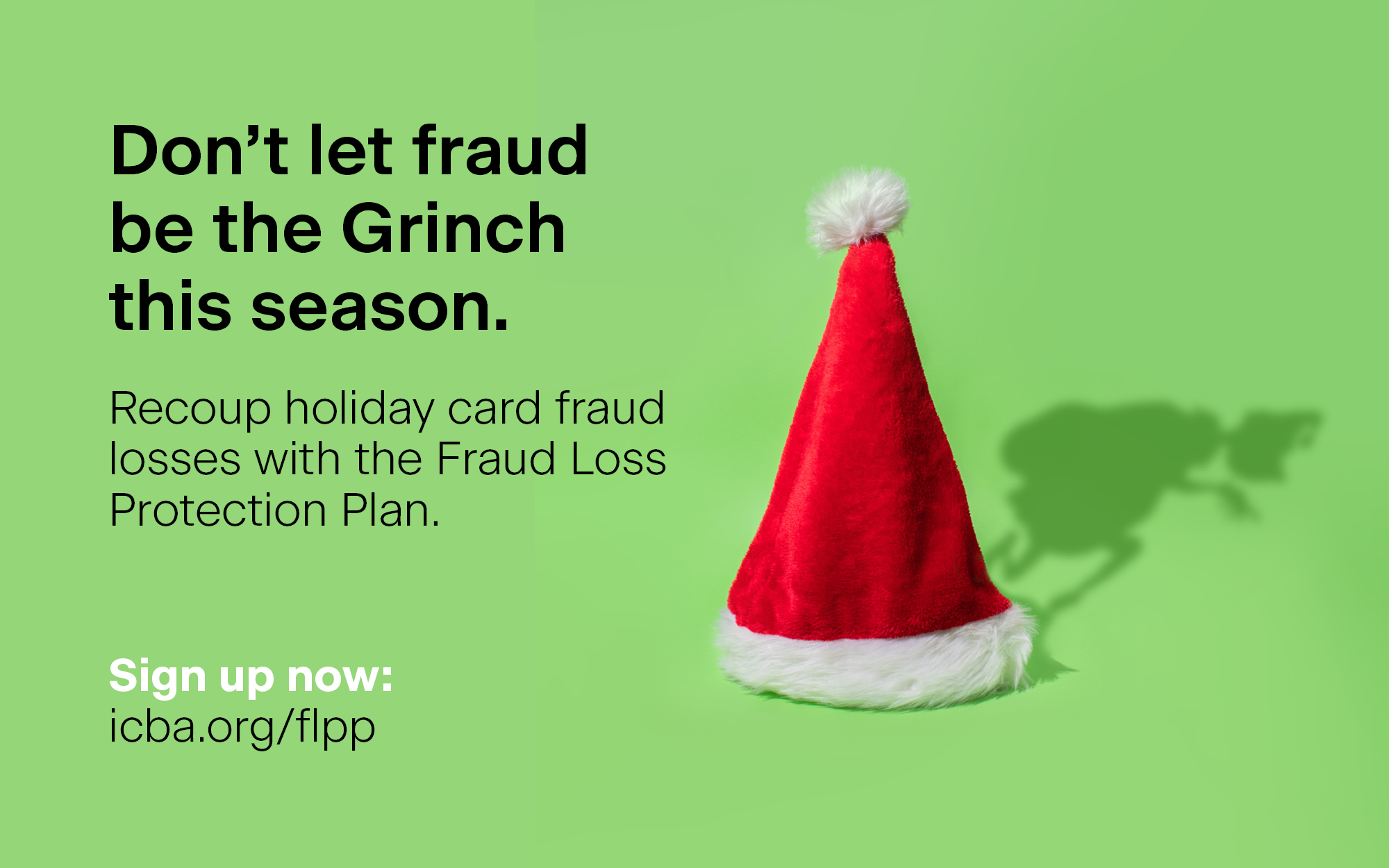As regulators continue to go through financial institution messaging with a fine-tooth comb, community banks must be diligent about maintaining best compliance and regulatory practices for their disclosures.
Fine Tuning the Fine Print for Bank Disclosures
June 21, 2024 / By Katie Kuehner-Hebert
As regulators continue to go through financial institution messaging with a fine-tooth comb, community banks must be diligent about maintaining best compliance and regulatory practices for their disclosures.
At banks, the fine print for consumers continues to be a source of intense regulatory scrutiny. In 2023 alone, the Consumer Finance Protection Bureau commanded institutions to collectively pay more than $3 billion in relief to consumers. The bulk of those actions were due to the agency’s determination that the institutions’ disclosures to consumers were faulty.
Regulators are increasingly concerned about violations under the Dodd-Frank Act’s unfair, deceptive or abusive acts or practices (UDAAP), as well as the Federal Trade Commission Act’s unfair or deceptive acts practices (UDAP), says Jenna Burke, ICBA executive vice president, general counsel, government relations and public policy.
“Banks can be cited and fined for these violations, which can be a difficult process for banks to navigate and remediate while also balancing reputational risk factors,” she says. “But the key reason it’s important for banks to be compliant with their disclosures is, at the end of the day, to protect consumers.”
Accuracy and consistency
According to Burke, problems can arise when there is a disconnect between a bank’s disclosures and product implementation, so banks need to make sure that all of the disclosures and messaging consumers receive are accurate and consistent with the products or services offered.
For example, on their websites, banks need to “walk through” exactly what a consumer would see about a particular product or service, and make sure that all disclosures about the offering on separate pages throughout the website are consistent and align with the bank’s actual practices as well as other disclosures the consumer receives.
“It really comes down to taking a close look at the end-to-end customer journey and reviewing disclosures against the bank’s actual practices to make sure that the two align,” Burke says.
According to Burke, common pitfalls arise when banks don’t revisit their disclosures frequently enough, especially when a product or service changes, or a website is redesigned, or back-office systems and operations are reconfigured.
“This can be especially tricky when third parties are involved,” she says. “Banks need to monitor the third party and make sure that if the third party has made any changes, the bank is immediately revisiting any impacts to their disclosures. That’s just good hygiene in terms of third-party risk management.”
While a periodic review of disclosures is a good practice, banks must also immediately revisit their disclosures anytime changes occur that might affect consumers, Burke says. It’s also important to make sure that if the language in one disclosure changes, other disclosures are similarly updated.
“It’s not sufficient to just partially disclose by only updating select disclosures,” she says. “Have a close eye at different channels where information might be disclosed to the consumer, whether that’s through the bank website, pamphlets, advertisements, on social media, as well as account disclosures.”
Another common pitfall relates to the omission of language in disclosures. Banks may believe that the language in their disclosures is accurate but overlook the fact that the disclosures may be incomplete. “Again, it’s critical to look at the end-to-end customer journey with the product, to make sure the bank’s actual practices are being fully and accurately disclosed,” Burke says.
Follow the four Ps
When reviewing disclosures, Burke recommends that banks become familiar with the Federal Trade Commission’s “4Ps” test:
Prominence: Is the disclosure big enough and easy to read?
Presentation: Is the disclosure worded in a way that consumers can easily understand?
Placement: Is the disclosure made where consumers are likely to look?
Proximity: Is the disclosure close to the claim it modifies?
Burke notes, “The 4Ps test can be particularly helpful, especially when making sure that information is clearly and conspicuously disclosed online and across other digital channels.”
Staying vigilant
While the 4Ps test helps, it may not entirely shield bankers from new views on bank practices. Disclosures and practices that have been deemed sufficient for several years can “all of a sudden” be deemed insufficient under UDAP or UDAAP, says Rhonda R. Whitley, ICBA senior vice president, senior regulatory counsel.
Whitley’s advice to banks: “Keep complying with regulations pertaining to disclosures. But start talking to your field examiners to see if they will give you any idea of how they’re now viewing a disclosure and how you can make that change to avoid a UDAP or UDAAP violation.”
Refine your fine print
Conduct frequent reviews of disclosures, including from the consumer’s perspective.
Be consistent across your website, pamphlets and social media.
Update disclosures after a product change, website redesign or change in operations.
Maintain third-party risk management hygiene.
Use the FTP’s 4Ps test as a guide.
Engage with regulators.
Subscribe now
Sign up for the Independent Banker newsletter to receive twice-monthly emails about new issues and must-read content you might have missed.
Sponsored Content
Featured Webinars
Join ICBA Community
Interested in discussing this and other topics? Network with and learn from your peers with the app designed for community bankers.
Subscribe Today
Sign up for Independent Banker eNews to receive twice-monthly emails that alert you when a new issue drops and highlight must-read content you might have missed.
News Watch Today

Join the Conversation with ICBA Community
ICBA Community is an online platform led by community bankers to foster connections, collaborations, and discussions on industry news, best practices, and regulations, while promoting networking, mentorship, and member feedback to guide future initiatives.













